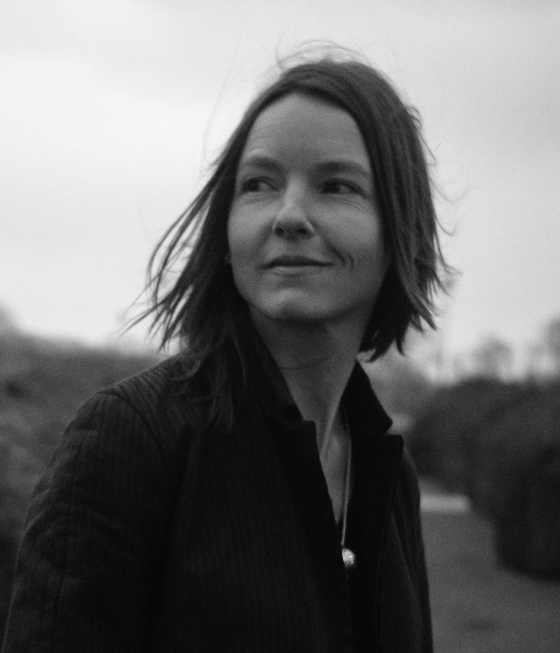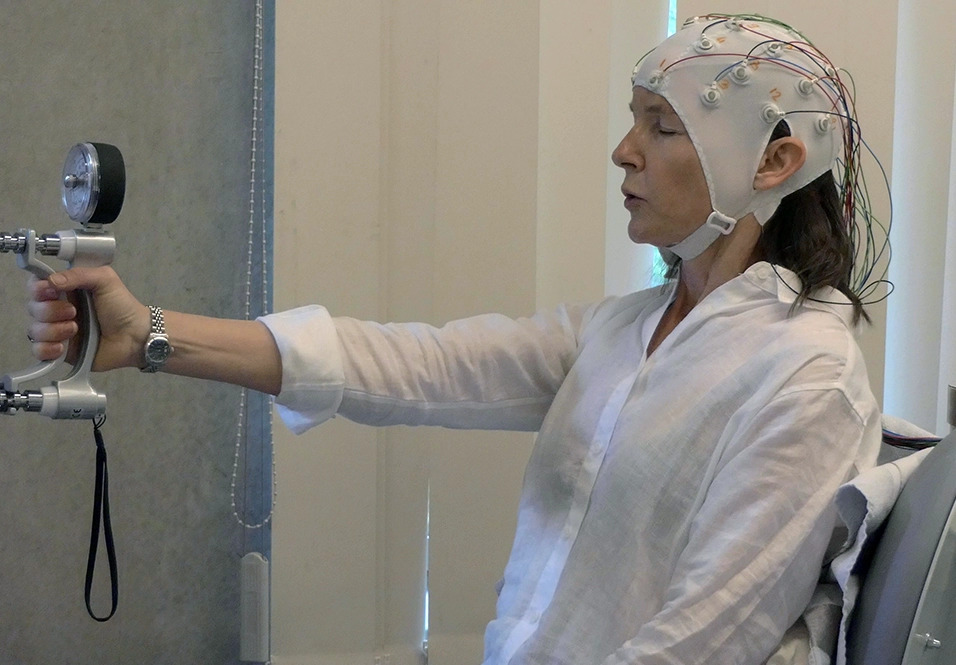
 In your book Les Tribulations d’une chamane à Paris [The Tribulations of a shaman in Paris] (Albin Michel, 2009), you discuss your return to France after studying shamanic rituals. You claim that you felt like you had an “infrared port” capable of receiving people’s “vibrational” calling cards. At that time, did you feel like a shaman?
In your book Les Tribulations d’une chamane à Paris [The Tribulations of a shaman in Paris] (Albin Michel, 2009), you discuss your return to France after studying shamanic rituals. You claim that you felt like you had an “infrared port” capable of receiving people’s “vibrational” calling cards. At that time, did you feel like a shaman?
